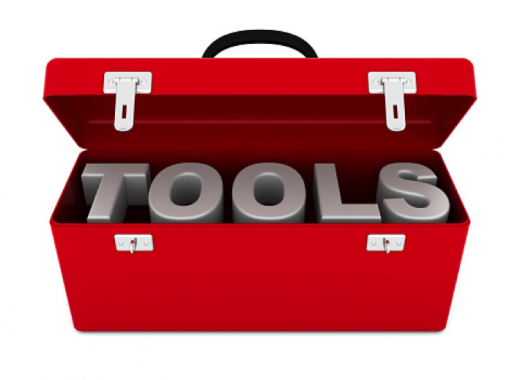Part I of our discussion covered the fact that the economic “story” has been anything but consistent, and it’s ok to not know what’s going on with precision. However, a person, a business, or your local or state government can still plan wisely. Whether or not they actually do this is another matter.
As an economist and policy consultant to many of these government groups, I seem to be settling on the same points of advice. Rational policy points do not as easily apply to the U.S. government since that train has completely gone off the rails. So, what can the others consider as they begin to manage the current fiscal year and begin budget analysis on the next? Consider the follow points to begin the discussion.
- Do more scenario planning with staff and any advisors. This applies to everybody from the individual to a government entity. What does the 2018 budget look like if we have an economic downturn? What if the downturn is very mild for states like Arizona that are not building up excesses (most likely scenario)? What if growth continues at a healthy pace but the indicators remain inconsistent? If extra money comes in, great. But overestimating income or revenues can be devastating to a budget.
- In budget preparation/scenario planning cases, one can start by plugging in 2001 downturn rates of growth as a conservative scenario. More technical analyses can of course be pursued, but this is a good starting point that takes only an hour or two to complete. 2008 will not likely be repeated anytime soon. Arizona is still a solid bet so the best case scenario in AZ will be quite a bit better than the U.S. stats.
- Take advantage of low interest rates and the remaining years or quarters of the current expansion and get your infrastructure in order (or as close as possible). Some communities have been actively keeping up with growth and infrastructure needs. Others have neglected these important things through bad management or lack of resources. The second one, resources, is more difficult to fix. Communicating the economic issues with the public will help gain support if any quality initiatives are designed.
- Be careful with new ongoing spending that has a big price tag. The last couple or three years of an expansion is where later budget problems begin.
- Figure out how to benefit the state or community through low cost economic development programs. The blending of economic development programs and tourism has been underappreciated until recently and in relative terms is not costly. Promoting the assets of a community through better marketing is also important and doesn’t break the bank. Formal plans can be implemented even in the short term.
- A healthy economy yields healthy tax revenues. Businesses looking to start-up, expand, or even relocate, do not start the discussion with economic incentives. Executives and entrepreneurs also look at places where they want to live and work (see #5 above). Furthermore, understand that while recruiting businesses is important to the various economic regions, building the state from the bottom up through better education and workforce programs, and small business programs, will also pay dividends.
More can be added to the list, but these things can be done over the shorter term and will hedge against the unknown, at least for a while.








